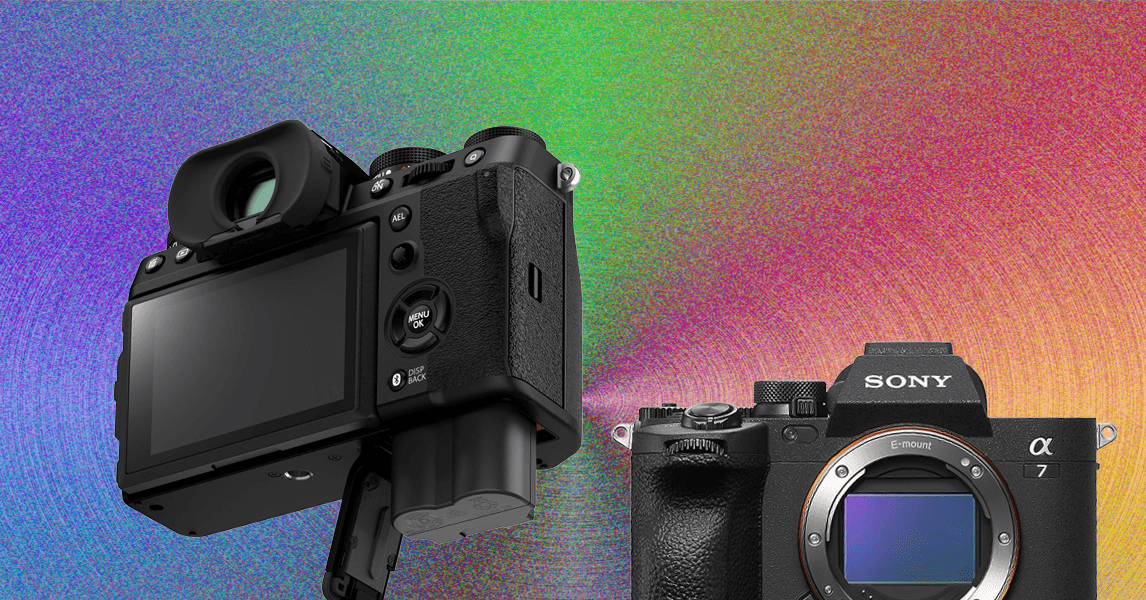Choosing the Right Mirrorless Camera: A Comprehensive Guide
When it comes to selecting a mirrorless camera, there’s no universally ideal choice. Each model has its own specific advantages and limitations, making the task of finding the right camera dependent on your photography goals. This guide aims to demystify the selection process, introducing essential terminology and key features to consider.
Understanding Your Photography Needs
The first step in selecting the best mirrorless camera is to identify the type of photography you are interested in. Whether you’re capturing landscapes, portraits, or wildlife, recognizing your needs will significantly narrow down your options.
Key Features to Consider
Sensor Size
While the sensor size may not always be the most critical factor, it is essential to understand its implications. For instance, if you plan to capture wildlife photography, a camera with a higher resolution sensor—such as the 60 MP sensor found in Sony’s A7R V—will allow for greater cropping flexibility than a lower resolution option. However, it is crucial to evaluate whether you truly need the additional megapixels based on your shooting style.
Autofocus System
The evolution of autofocus technology has transformed photography, making it easier to capture sharp images. While every camera featured here boasts fast autofocus capabilities, performance can vary. If this feature is significant for your shooting experience, be sure to consider the autofocus performance of your chosen model.
In-Body Image Stabilization (IBIS)
In-body image stabilization significantly enhances your ability to capture sharp, clear images, particularly in low-light conditions. IBIS compensates for handshakes at slower shutter speeds, making it a vital feature for many photographers.
Electronic Viewfinder (EVF)
The electronic viewfinder is a crucial component for composing shots. Variation among EVFs can be substantial, affecting your shooting enjoyment. It is advisable to visit a local camera shop to test different viewfinders in person, particularly if you wear glasses, to ensure optimal comfort.
Weather Sealing
For those interested in outdoor photography, weather sealing is a critical consideration. This feature protects the camera from moisture and dust, which is particularly beneficial for landscape photography. Additionally, a sensor cover can provide added protection when changing lenses.
Battery Life
While battery performance has improved across many camera models, some still outperform others. A camera with poor battery life may require you to carry extra backups, which can be cumbersome.
In-Camera JPEG Quality
Most modern cameras offer the ability to save images in both RAW and JPEG formats. However, JPEG quality can vary significantly between models. Brands like Fujifilm are renowned for their superior in-camera JPEG processing, while Panasonic’s Lumix line has recently introduced features that allow users to apply LUTs directly in-camera.
Mastering Your Camera
Once you have selected your mirrorless camera, take time to familiarize yourself with its manual and functionalities. Frequent use will transform the camera into an intuitive extension of your creativity, allowing you to concentrate on capturing the stunning images you envision.
By understanding your unique photography needs and considering these important features, you’ll be well-equipped to choose a mirrorless camera that aligns perfectly with your vision.




